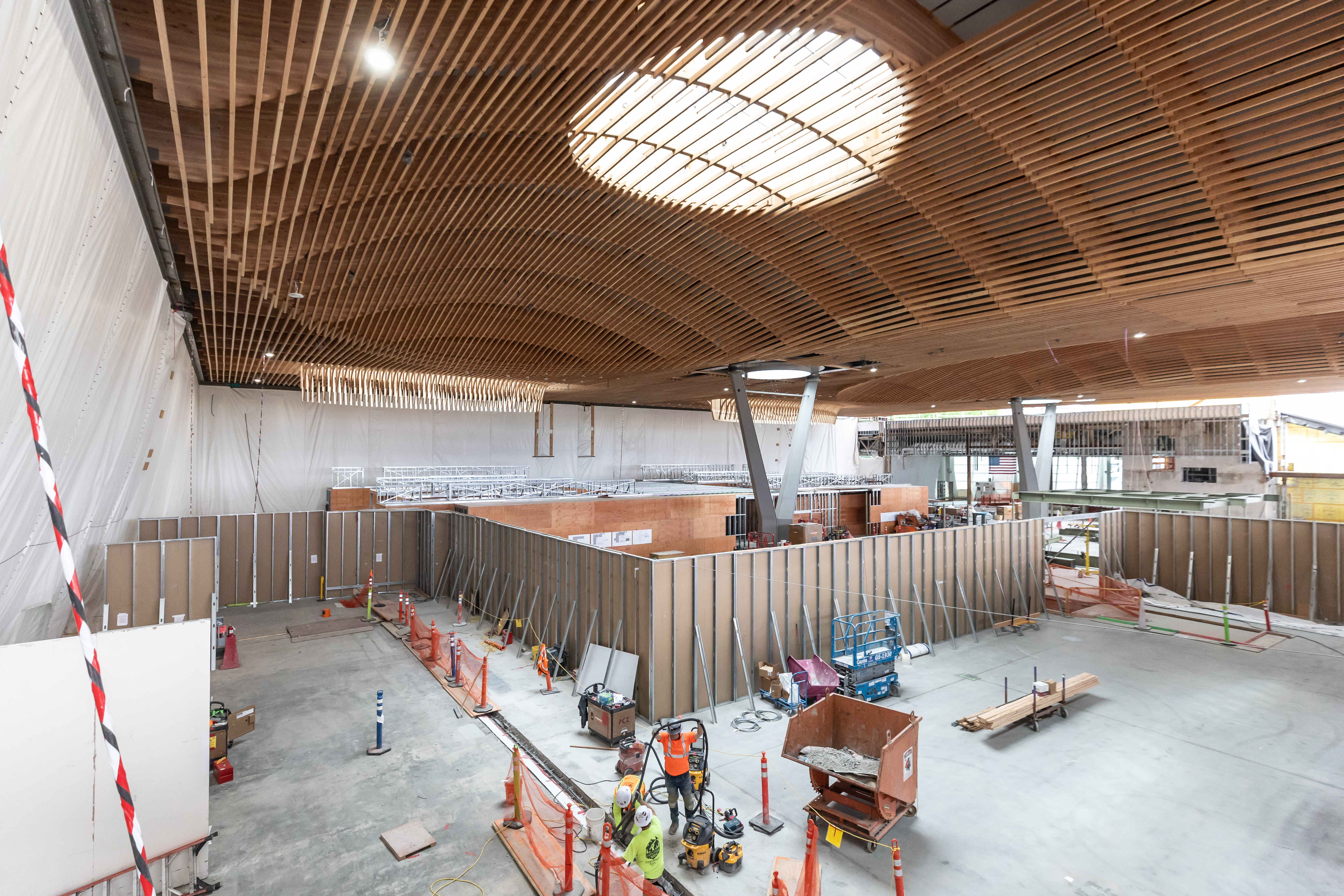Lots of options at Missouri Headwaters State Park
Published 12:00 am Wednesday, June 8, 2016

- From this hilltop, Meriwether Lewis surveyed the surrounding valley and mountains during his expedition of discovery in 1805. In addition to the surrounding peaks, it also provides this view of the park along the Gallatin River.
THREE FORKS, Mont. —
Sometimes going with the flow is difficult.
When a recent float and camping trip got switched from the Yellowstone River to the Madison because of high water, I was a bit discouraged. I had been looking forward to camping at the base of the Absaroka Mountains with Chico Hot Springs’ inviting waters close by.
Switching to the lower Madison River, just outside of Three Forks, meant a much different view. Despite its western Montana locale, its climate seems more prairielike — not a lot of trees, drier and without the alpine ambiance I enjoy. So it was nice to be surprised by all of the amenities offered at Missouri Headwaters State Park, near the junction of the Madison, Jefferson and Gallatin rivers.
Although I grew up in Bozeman only a half-hour away, the headwaters of the Missouri River were never on my family’s radar. The forced opportunity to spend part of a day exploring the state park enlightened me to all the place has to offer, and relieved me of my Paradise Valley snobbery.
Long ago
Looking into the history of the region, I found that I wasn’t the first to have reservations about the area. In 1809, the Missouri Fur Company attempted to establish a fort in the Three Forks region, only to be run out by persistent attacks by the Blackfeet Indians.
Gallatin City was the first white settlement established in the area in 1862. Its founders had high hopes that it would become the center of commerce in the valley, and for a time, it was the seat of Gallatin County. But by 1864, the town was already being belittled in the Virginia City newspaper.
In that same year, the town of Bozeman was founded along the wagon route to the gold fields of Virginia City, so Gallatin City began withering away. Around 1865, the town was moved across the Jefferson River, became what’s now called Gallatin City II and featured a hotel, flour mill and stage stop, but never prospered like its neighbor to the southeast, the now-booming college burg of Bozeman.
Some of that early headwaters history is still visible at the old Gallatin City Hotel, which now stands like a hand-hewn log skeleton next to an interpretive site inside the 532-acre state park. The 149-year-old hotel’s walls were braced by restoration specialists last year to keep it from collapsing.
Park features
Down the road from the old hotel is the hill atop which explorer Meriwether Lewis stood to scan the broad valley fenced in by the Bridger, Hyalite, Madison and Tobacco Root mountains in July of 1805.
Lewis noted in his journal that from the vantage point, the “country opens suddonly to extensive and beatifull plains and meadows which appear to be surrounded in every direction with distant and lofty mountains.” Thankfully it is a view that still exists.
At the base of the hill along the bank of the Gallatin River is a grassy, shaded park perfect for picnics. It’s also the site of a June 18 concert by musician Rob Quist and the spot where the park holds its summer speaker series. The trail leading up to the hill contains an interpretive site spelling out the long history of the area from prehistoric times to present.
Not far from the base of the hill is a fishing access site where boaters like us exited the water after floating the winding lower reach of the Madison. Others may have arrived from the Jefferson, but few seem to navigate the lower end of the Gallatin by boat, even during the spring’s higher water. Keep that in mind if you’re looking to avoid the masses.
The park owes its heritage to a local cement worker, Clark Maudlin, who purchased land that he donated to the state. Although the idea of a park in the area was first floated in 1928, Headwaters wouldn’t be officially opened until 1951.
Now it annually attracts about 34,000 visitors a year. The state ranks it among its second tier of most popular parks. Park manager Dave Andrus said the campground has become more popular with Gallatin Valley residents.
Camping
The park’s campground features 17 sites, a tepee available for rent, vault toilets, fire rings, picnic tables and drinkable water. Perhaps most appealing to campers is the foot trail from the campground to the Madison River. There are also several trails that branch out to explore other areas of the park along the Gallatin and Madison rivers that are used by cyclists, horseback riders, anglers and walkers.
Another option for exercise and popular with youngsters is the paved bike path that winds all the way back to Three Forks. The 4-mile route is fairly flat. The path follows the Trident Road south to the Interstate 90 Frontage Road. After crossing the road, the route winds through a wetlands area before crossing the Madison River.
From the Madison, it is about 1.25 miles to Three Forks. The trail follows the Frontage Road along the edge of the Three Forks golf course before ending near the high school’s football and track field.
For those traveling the path from Three Forks, there is parking near the field as well as along Talc Road, which intersects with the Frontage Road just south of the I-90 interchange.
Porch sitting
If you’re tired of grilling or eating camp food, Three Forks offers several dining options as well as the historic Sacajawea Hotel, built in 1910. On the main floor, diners can eat in the upscale Pompeys Grill, while more casual dining is offered in the basement’s Sac Bar.
The best part of the hotel, in my book, is sipping a cool drink while sitting in a rocking chair on the large porch that surrounds the old building. It’s a good place to reminisce about what a fun time you’ve had exploring Missouri Headwaters State Park, or to plan your next outing to someplace that maybe you hadn’t given much consideration to before.






